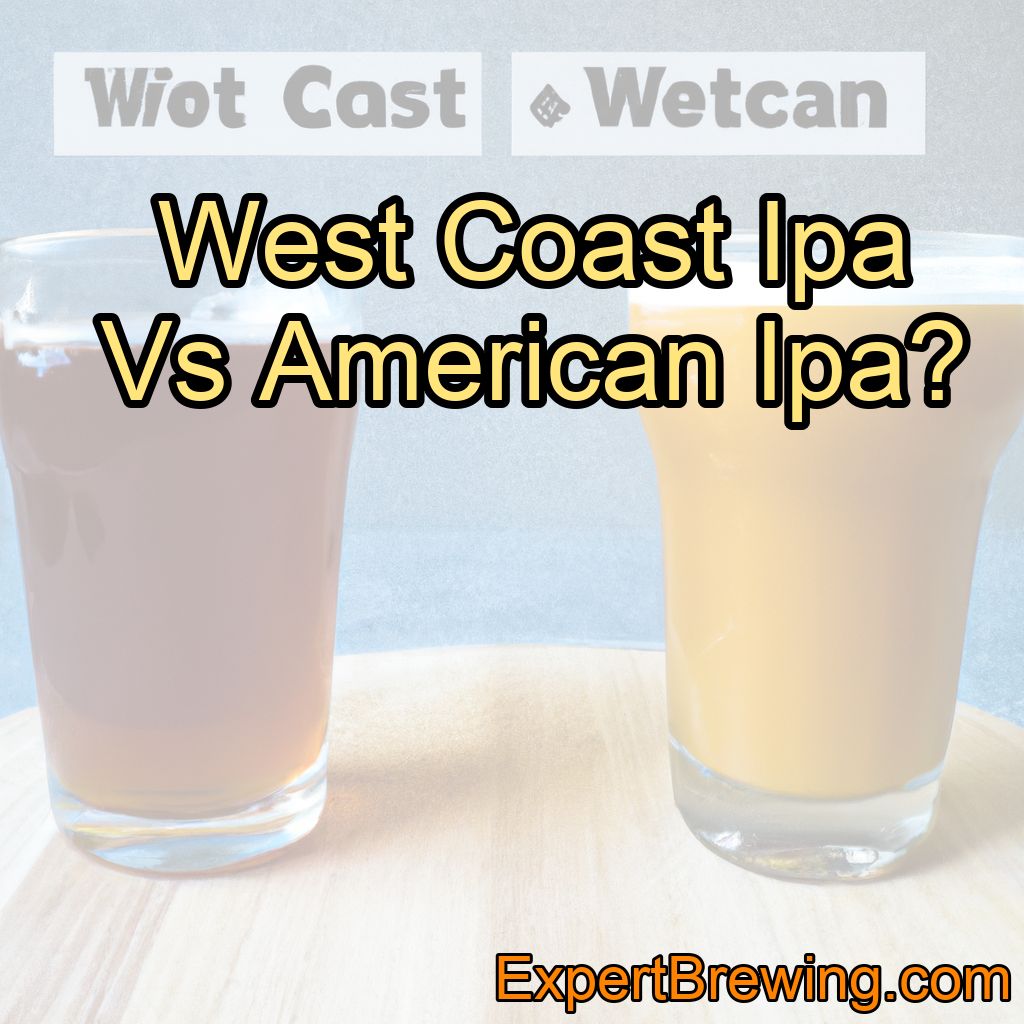As a homebrewer, one of our main goals is to produce a crystal-clear beer that not only tastes great but also looks appealing. There are two popular methods for achieving this clarity: cold crashing and filtering. In this blog post, we will delve into the details of each technique, comparing their advantages and disadvantages, and ultimately determining which one is the better method. So, the main question is: which method is more effective in producing a clearer beer, cold crashing or filtering?
What is Cold Crashing?
Cold crashing is a technique that involves rapidly cooling the beer to near-freezing temperatures for a short period of time, usually around 24-48 hours. This sudden drop in temperature causes proteins and other particulates to clump together and settle at the bottom of the fermentation vessel. Once the beer has been cold crashed, the clear liquid can then be carefully siphoned off, leaving behind the sediment.
Advantages of Cold Crashing
1. Simplicity: Cold crashing is a relatively simple process that can be done with minimal equipment. All you need is a fermentation chamber with temperature control, such as a refrigerator or chest freezer with an external temperature controller.
2. No loss of flavor or aroma: Since cold crashing only involves a change in temperature, it does not strip any flavors or aromas from the beer like filtering can.
3. Preserves yeast for bottle conditioning: If you plan to bottle condition your beer, cold crashing can help preserve enough yeast in suspension to properly carbonate the beer.
Disadvantages of Cold Crashing
1. Limited effectiveness: Cold crashing is not as effective in removing all haze-causing particles as filtering. Some haze may remain, particularly in hop-heavy beers or those with a high protein content.
2. Requires additional equipment and space: A temperature-controlled fermentation chamber is necessary for cold crashing, which may require additional investment and space in your home brewery.
What is Filtering?
Filtering is a method in which the beer is passed through a fine filter to remove suspended particles, such as yeast, proteins, and hop debris. The result is a clearer, more polished-looking beer. There are various types of filters available, from simple gravity-fed filters to more advanced pump-driven systems.
Advantages of Filtering
1. Effectiveness: Filtering can be more effective in removing haze-causing particles than cold crashing, resulting in a clearer final product.
2. Speed: Filtering can be done relatively quickly, depending on the type of filter used, whereas cold crashing requires a longer waiting period.
Disadvantages of Filtering
1. Loss of flavor and aroma: Filtering can strip some of the flavors and aromas from the beer, particularly when using a very fine filter.
2. Risk of oxidation: The filtering process can introduce oxygen into the beer, which can lead to off-flavors and a shorter shelf life.
3. Requires additional equipment: Filtering systems can be expensive and may require additional equipment, such as a pump and filter housing.
Cold Crash vs Filtering: Which Method Should You Choose?
Ultimately, the choice between cold crashing and filtering depends on your priorities as a homebrewer. If you are looking for a simpler, more natural method that preserves the flavors and aromas of your beer, then cold crashing may be the better option for you. However, if having a crystal-clear beer with a polished appearance is your main concern, then filtering might be the way to go.
Factors to Consider When Choosing Between Cold Crashing and Filtering
1. Your brewing setup and available space
2. The style of beer you are brewing
3. The level of clarity you desire in your final product
4. Your budget for additional equipment
5. Your tolerance for potential loss of flavor and aroma
Tips for Successful Cold Crashing
1. Ensure your fermentation chamber can maintain a stable near-freezing temperature.
2. Allow enough time for the particles to settle at the bottom of the fermentation vessel.
3. Be careful when siphoning the clear beer to avoid disturbing the sediment.
Tips for Successful Filtering
1. Choose the appropriate filter size for the style of beer you are brewing.
2. Minimize exposure to oxygen during the filtering process.
3. Regularly clean and sanitize your filter and equipment to prevent contamination.
Conclusion
In conclusion, both cold crashing and filtering can be effective methods for achieving clearer beer, but each technique has its advantages and disadvantages. The choice between the two ultimately depends on your specific brewing setup, goals, and priorities as a homebrewer.
10 Key Takeaways:
1. Cold crashing involves rapidly cooling the beer to remove particulates.
2. Filtering involves passing the beer through a fine filter to remove particles.
3. Cold crashing is a simpler, more natural method.
4. Filtering can be more effective in achieving a crystal-clear beer.
5. Cold crashing does not strip flavors or aromas from the beer.
6. Filtering can result in a loss of flavor and aroma.
7. Cold crashing requires a temperature-controlled fermentation chamber.
8. Filtering can introduce oxygen into the beer, leading to off-flavors.
9. The choice between cold crashing and filtering depends on your brewing priorities.
10. Both methods can be successful with proper technique and equipment.
FAQs
How long does it take for cold crash beer to clear?
Typically, cold crashing beer takes anywhere from 24-72 hours to clear, depending on the beer style and the temperature of the cold crash.
How long should you cold crash cider?
Cold crashing cider typically takes 1-3 days, depending on the temperature and clarity desired. It is recommended to cold crash at temperatures between 33-40°F (0.5-4°C) for best results.
Can you cold crash beer for a week?
Yes, you can cold crash beer for a week, but it may not be necessary or beneficial for all styles of beer. Cold crashing can help clarify the beer by causing yeast and other particles to settle to the bottom of the fermenter, but too long of a cold crash can also strip the beer of some of its flavor and aroma compounds. The ideal length of cold crashing time will depend on the specific beer style and the desired outcome.
Should I cold crash my beer?
Yes, cold crashing your beer can help clarify it by causing the yeast and other particles to settle to the bottom of the fermenter. This can result in a clearer, cleaner-tasting beer.
What is cold crash in brewing?
Cold crash in brewing is a process where the temperature of the beer is rapidly lowered to near-freezing temperatures, causing the yeast and other particles to settle to the bottom of the fermenter. This results in a clearer and cleaner beer.
How long should you cold crash homebrew?
Typically, homebrewers cold crash their beer for 24-48 hours before bottling or kegging.




